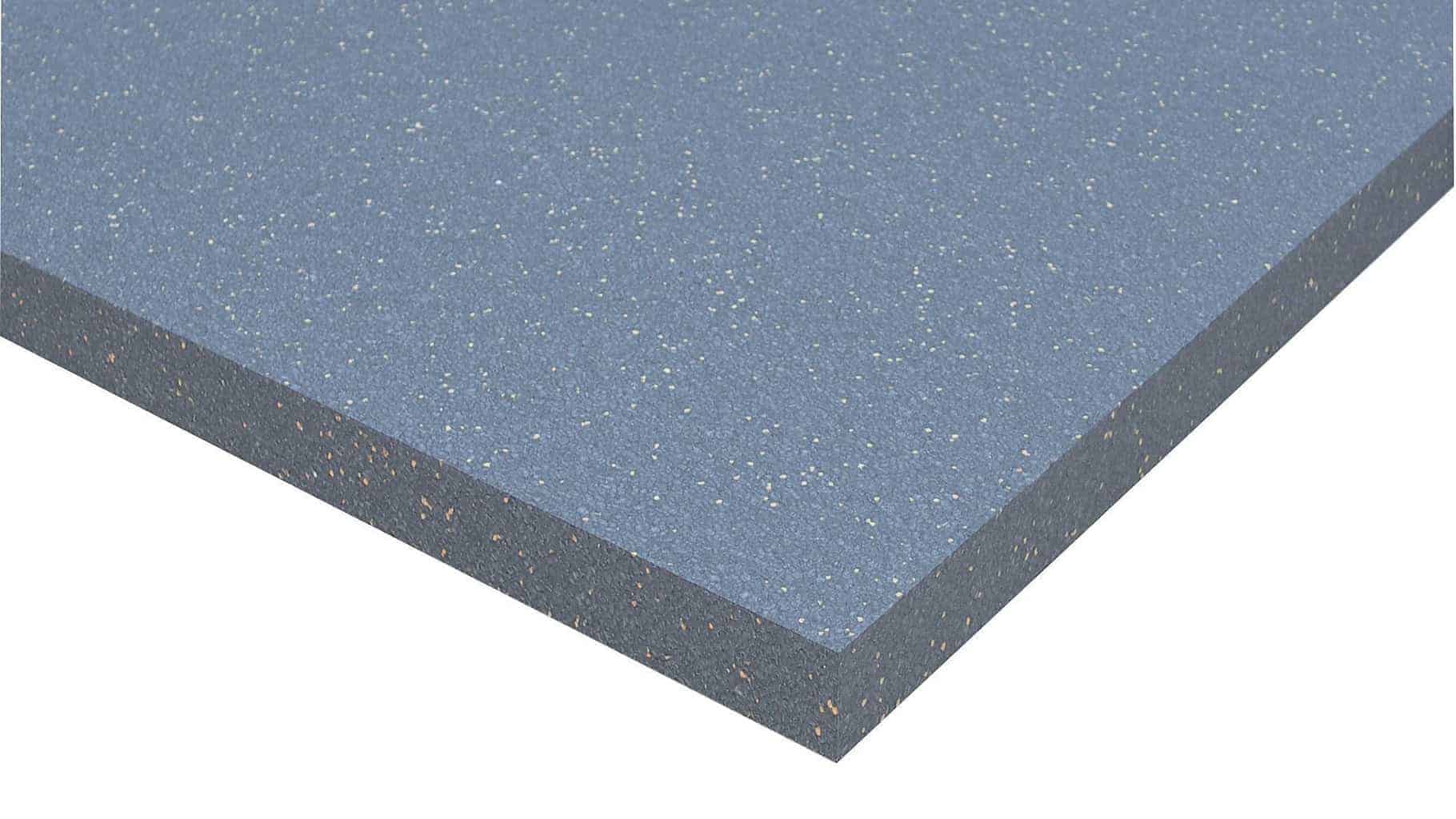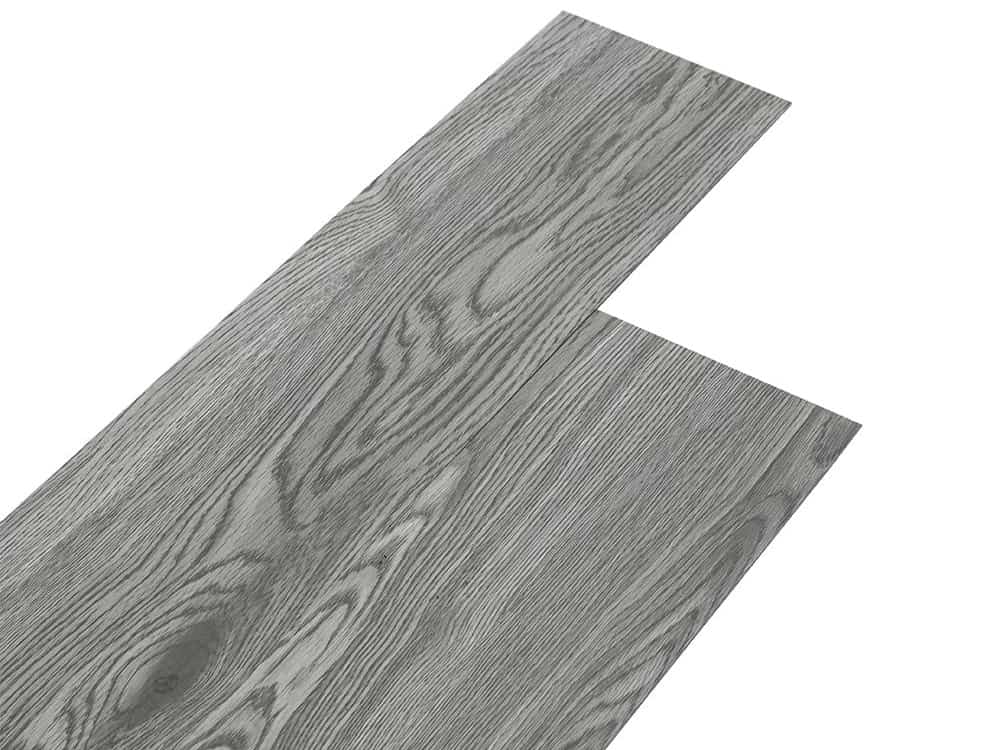We all know the importance of insulation – both in terms of saving energy (and therefore money!) and in helping the environment. 30% of all carbon dioxide emissions released into the atmosphere in the UK is due to energy consumption in homes.
It also makes daily life a lot more comfortable, by improving the warmth of your home and even healthier as you reduce condensation and avoid the problems associated with damp, mould and mildew.
In fact, if you insulate your home well, it means you can install a smaller, cheaper and more energy-efficient boiler, and even scale-down or remove radiators and air-conditioning systems.
Floor Insulation is one of the key areas in saving energy. Aside from making the rooms feel warmer and more comfortable, it can mean saving £40-£50 per year.
Usually, this is most commonly done with floorboards: insulation is installed in the space below them. If the floors are solid, insulation can be installed below using polystyrene or foamed glass (by lifting the floorboards) – or above, by raising the floor level and creating new flooring, such as chipboard, with polystyrene or mineral wool can be laid in the space between the floor slab and a newly-created flooring.
In addition, you can seal any gaps between the boards using a regular tube sealant, like those used around the bath (silicon sealants) and prevent draughts from rising. This can save you up to another £20 a year.
Insulation Materials
The traditional insulation materials include foamed glass, glass wool, woodwool, mineral/rock wool, expanded and extruded polystyrene, rigid urethane foams and vermiculite.
However, these materials have often been associated with ecological problems, both in their manufacture and disposal, and also with health problems in installers and even occupants of the household.
Therefore, many people are now looking for alternatives to these conventional insulation materials.
Luckily, there are several natural alternatives available. These are made from renewable plant or animal material and require low energy to produce. In addition, they only use natural additives and most importantly, are biodegradable.
Furthermore, they have an ability to ‘breathe’ which helps in absorbing moisture in the atmosphere. Renewable materials include natural wool and cellulose which are both effective insulators and particularly favoured by DIY enthusiasts.
Recommended materials are wood-fibre board and plant-fibre board for solid floors, and plant-fibre batt, cellulose batt, wood-fibre batt, blown cellulose and wool for suspended timber floors.
Eco-Friendly Flooring
In addition, you can choose flooring itself which is environmentally-friendly; for example, rubber-based materials and cork floors are ecologically-sound and very insulating forms of flooring material.
They provide floor coverings which are soft, warm and quiet although unfortunately, perhaps not as prestigious-looking as other more traditional forms of flooring.
Aside from choosing environmentally-friendly insulation materials, you can also help by focusing on other areas of the house. In fact, with 35% of the heat in a household lost through the walls, this is probably the most cost-efficient area to reduce heat loss.
Windows are another key area of energy loss, particularly at night and in winter. You don’t necessarily need to invest in fancy double-glazing: almost any kind of window covering, such as curtains, blinds or shutters will create an insulating air barrier.
Choose curtain material that is thicker or quilted, with an insulating filling or reflective surface that will reflect the heat back into the room.
Make sure also that your curtains are not hanging over or in front of radiators because this will create a heat funnel out through the window. Draughts are another big enemy of heat loss.
Placing draught-excluding tapes and brushes onto doorframes and doors and even letterboxes can make a huge difference.
Although it may seem like another arduous requirement at the time, floor insulation is a worthwhile investment with most installations recovering their costs within 7 years.

